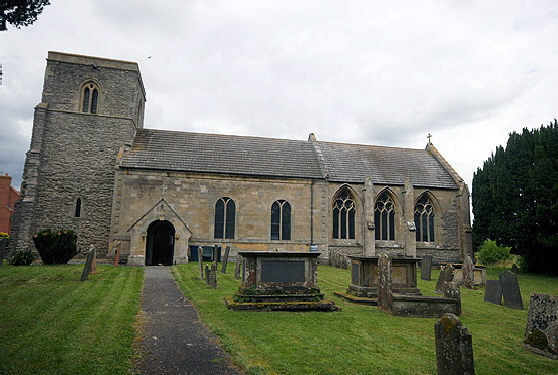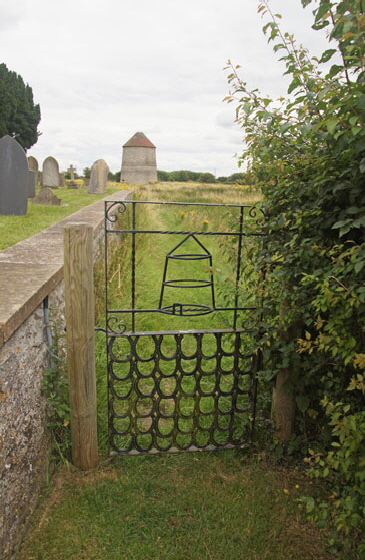|
|
||||||||||||||||||||||||||||||||||||||||||||||||||||||||||
|
Please sign my Guestbook and leave feedback |
||||||||||||||||||||||||||||||||||||||||||||||||||||||||||
|
Recent Additions |
||||||||||||||||||||||||||||||||||||||||||||||||||||||||||
|
|
||||||||||||||||||||||||||||
|
Unlike many of his contemporaries, however, Thomas went much further and set about reconstructing the church including the construction of today's chancel and the building of another chapel on the south side. In 1341 he bought the advowson (the right to appoint priests) from the Hospitallers and obtained a licence to create a collegiate church. There were no fewer than eight priests and two clerks. Poor old Thomas was rewarded for his piety and largesse by being murdered in 1351! The college then declined before being dissolved in 1545 during the reign of Bad King Henry. With the accession of Elizabeth in 1559 it is likely the "popish" easter sepulchre was removed and hidden until less troubled times. Sometime during the seventeenth or eighteenth centuries the chapels to the north and the south of the church were demolished. |
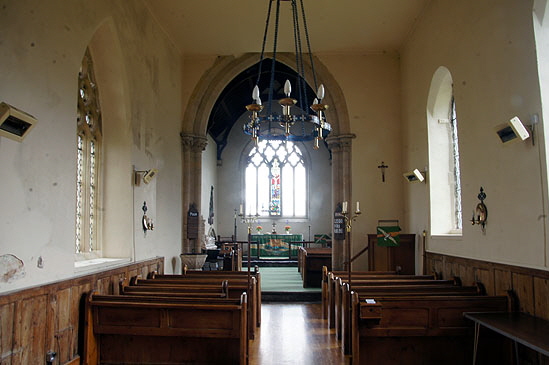 |
 |
|||||||||||||||||||||||||||||||||
|
Left: Looking towards the chancel. Note the fine Decorated style east window. Right: Looking west from the chancel. Note the lofty chancel arch. |
||||||||||||||||||||||||||||||||||
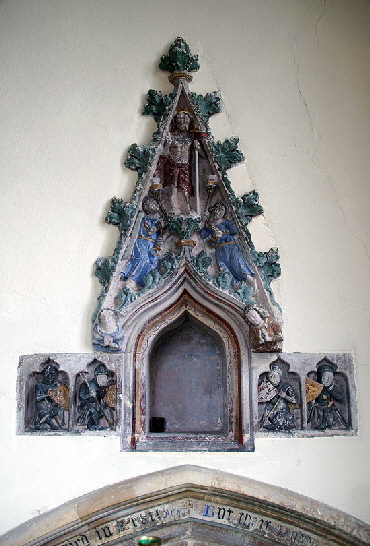 |
||||||||||||||||||||||||||||||||||
 |
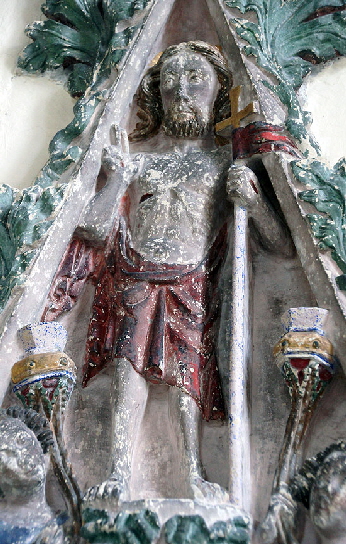 |
|||||||||||||||||||||||||||||||||
|
Left: The Easter Sepulchre. Note the sleeping soldiers on either side. Centre: The main composition with Christ and two angels. Right: The Christ figure |
||||||||||||||||||||||||||||||||||
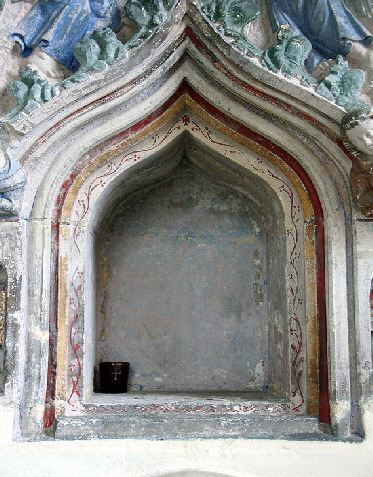 |
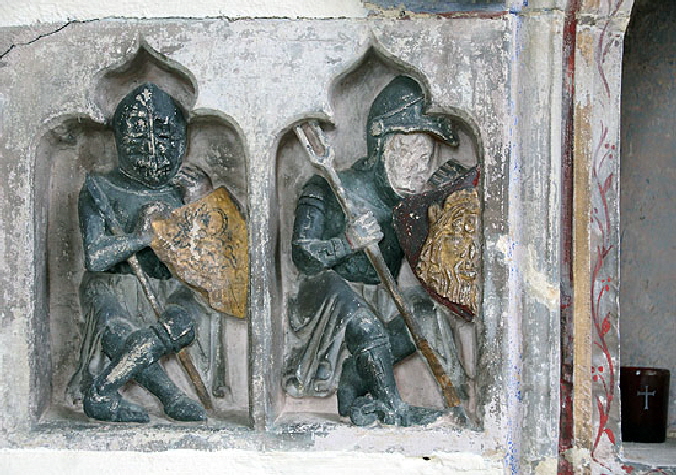 |
|||||||||||||||||||||||||||||||||
|
Left: The sepulchre recess Right: To the left is the knight with the closed helm. His shield has a crudely-painted dragon design. To his right is another with open helm and a carved shield. Both have somewhat stunted legs crossed in unnatural postures. The weapon carried by the right hand knight is rather curious, and surely is a desperate attempt by the sculptor to imagine what a Roman soldier might have carried! |
||||||||||||||||||||||||||||||||||
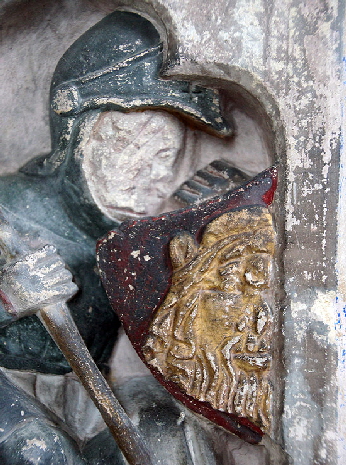 |
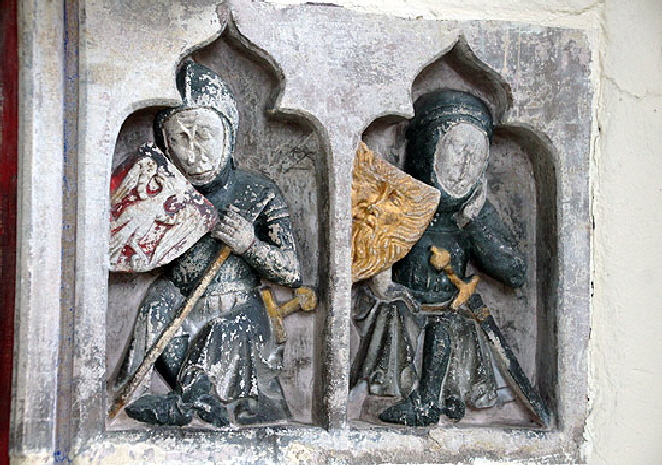 |
|||||||||||||||||||||||||||||||||
|
Left: Details of face and shield. Right: The two easternmost knights. They have the most mournful faces. Both have contemporary swords at their belts. The shields are finely carved and note particularly the lovely maned face (the Sun?) carried by the right hand knight. The shield on the left is the only one that seems to nod towards heraldry. The others, like those at Hawton, have more obscure symbolism that is lost on us today. There are no similarities with the Sibthorpe family arms. |
||||||||||||||||||||||||||||||||||
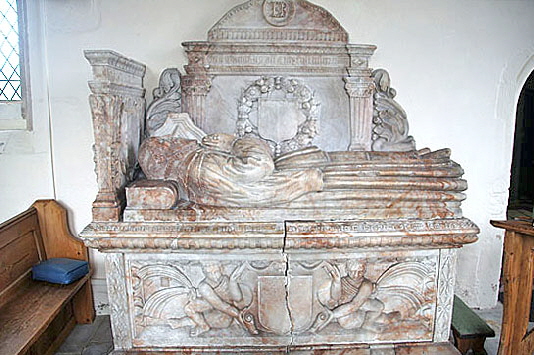 |
||||||||||||||||||||||||||||||||||
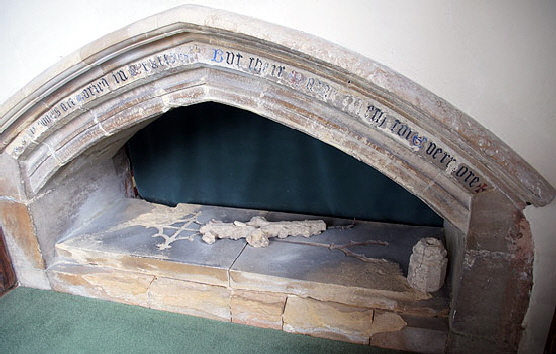 |
||||||||||||||||||||||||||||||||||
|
Left: The small niche of the Easter Sepulchre itself would have precluded its holding the altar cross or a processional cross from Good Friday to Easter Monday in the prescribed manner. This recess is directly below the sepulchre and it seems certain that it was used as part of the easter ritual. Indeed, in many churches this would have been the sole provision. Oddly, most descriptions of the church do not make reference to its dual role here but imply it is an integral part of the sepulchre. Yet a tomb niche is assuredly was with the grave slab very obvious and the inscription “Their bodies are buried in peace; but their name liveth for evermore” from Ecclesiastes reinforces the point. Right: A fine alabaster monument to Edward Burnell who died on 19 December 1589. It has sustained a hefty crack. |
||||||||||||||||||||||||||||||||||
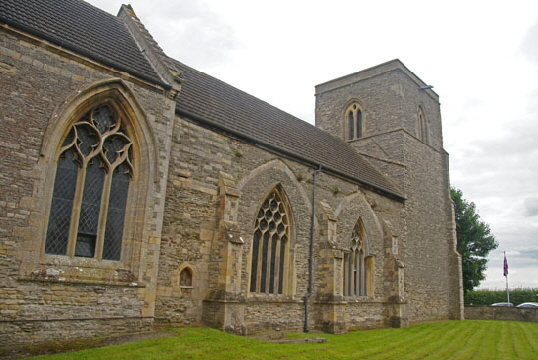 |
||||||||||||||||||||||||||||||||||
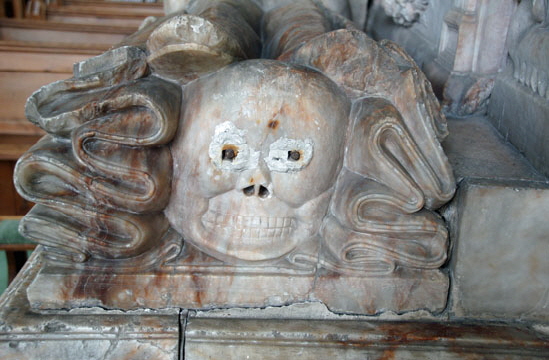 |
||||||||||||||||||||||||||||||||||
|
Left: The peculiarly full-faced skull at the foot of the Burnell monument. Even in 1597 artists were not great anatomists. Oddly there seems to be two eyes (do skulls have eyes...?) inset into the sockets, and someone has clearly been to some trouble to replace or repair them. What repositories of the bizarre our parish churches are! Right: The north side gives very visible evidence of the removal of the north aisle. The original traceried windows were (thankfully) re-used and are in stark contrast with the disappointingly ugly replacement wall on the south side with its slab sides and “€functional”€¯ windows. Note the corbels above the filled-in arcade which that mark the roofline. Note also the mnarooned piscina that would presumably have served a chapel altar. |
||||||||||||||||||||||||||||||||||
 |
 |
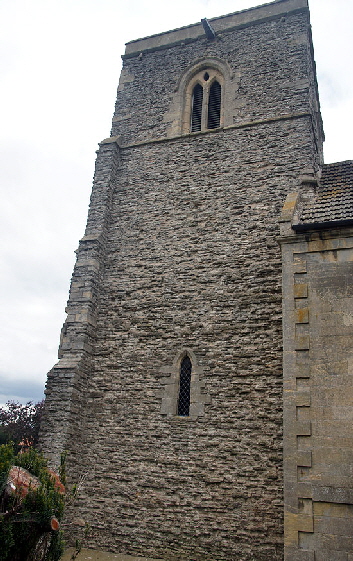 |
||||||||||||||||||||||||||||||||
|
Left: The font dates from 1662 (it is thus inscribed) and is decorated with saltire crosses. Centre: The orphaned piscina on the north wall. Right: The western tower is the only surviving feature of the thirteenth century church. |
||||||||||||||||||||||||||||||||||
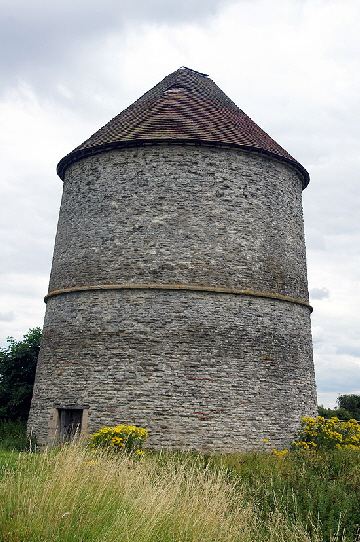 |
||||||||||||||||||||||||||||||||||
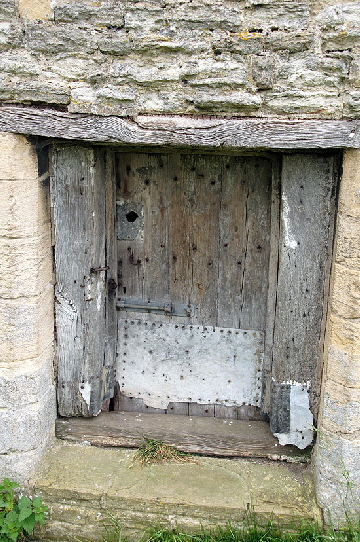 |
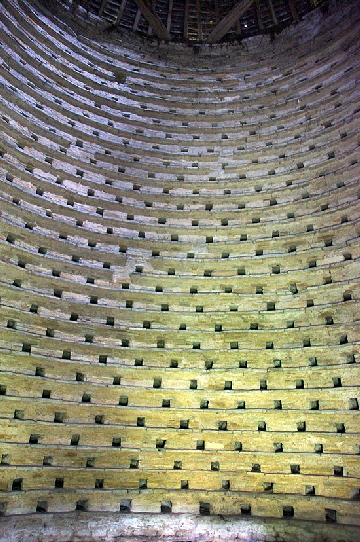 |
|||||||||||||||||||||||||||||||||
|
Left: The dovecote is located to the east of the church and a footpath leads to it from the road at the south west corner of the churchyard. The variations in vegetation demonstrate the locations of fishponds and cultivated area to this day. Centre: The tiny entrance door. It is difficult to give a perspective of height but you can see that the door is almost as wide as it is high. I am about 5’9” and I had to duck very low to enter. Right: Some of the 1,148 nesting boxes. |
 |
|||
 |
|||
|
Left: The perspective of concentric rings rising towards the roof opening (through which the birds would fly) is quite a surreal experience that a photograph cannot really do justice to. Right: The east end of the church from the dovecote. |
|
|
||||||||||||||||
|
|
